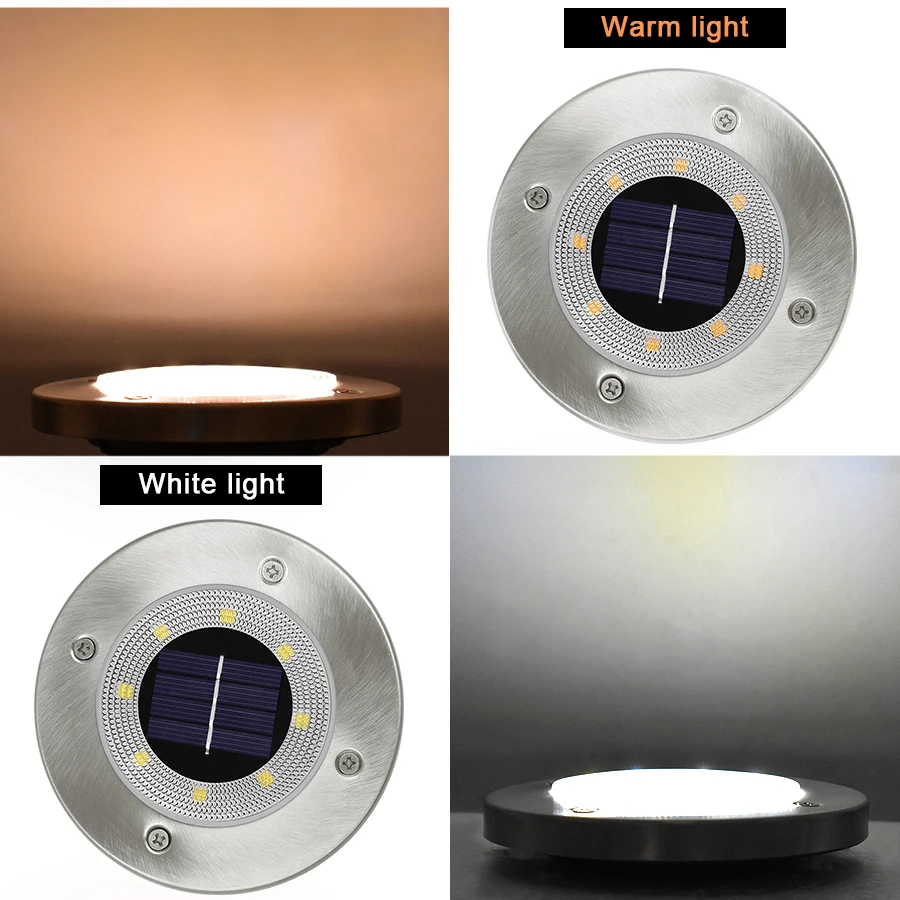
Noting that large-scale clinical studies in cardiovascular medicine have generated enough evidence for the US Food and Drug Administration to approve the use of some smart watches for detecting atrial fibrillation, Dr. Weng Khong Lim, an assistant professor at the Duke-NUS Medical School, in Singapore, pointed to the need for “an evidence base for the utility of consumer-grade wearables in picking up sleep disorders” before these devices can be used to monitor sleep at scale. Phyllis Zee, professor of neurology and head of the Division of Sleep Medicine at Northwestern University’s Feinberg School of Medicine, told us that “Having an understanding of light exposure and sleep-wake activity patterns for millions of people will help us further define what healthy or abnormal sleep really looks like.” But Dr. In February 2021, we interviewed a number of academics to get their perspectives on sleep technology.ĭr. Jing Xian Teo et al., “Digital phenotyping by consumer wearables identifies sleep-associated markers of cardiovascular disease risk and biological aging,” Communications Biology, October 2019, Volume 2, article 361, .Īs wearables become increasingly common, remote monitoring could become a helpful tool for physicians seeking to develop a better understanding of sleep and to find effective ways of treating its disorders.

Research has shown that consumer wearables can be used to investigate the relation of sleep to demographic, socioeconomic, and lifestyle factors and to various markers of health and aging. Sleep technology: Perspectives from academia Ignacio Perez-Pozuelo et al., “The future of sleep health: A data-driven revolution in sleep science and medicine,” npj Digital Medicine, March 2020, Volume 3, article 42,. Many of the new devices focus on monitoring the quality of sleep, motion, and bio-signals (Exhibit 1) and therefore open up the possibility of accurately monitoring sleep at scale for the first time. “Sleep Tech Devices Market Forecast Report 2020–2026,” Global Market Insights, November 2020. Market forecasts indicate that the resulting influx of sleep devices could take the global market to some $32 billion by 2026, up from $11 billion in 2019.

In the United States, the number of sleep-technology patents has increased by an average of 12 percent a year over the past decade. Please email us at: solutions, such as consumer wearables, have also increasingly addressed the global decline in sleep levels. If you would like information about this content we will be happy to work with you. We strive to provide individuals with disabilities equal access to our website. For employers, the recommendations include recognizing the importance of sleep to health and performance in the workplace, providing access to amenities such as napping booths and gyms, and discouraging after-hours work. 1031–8, .Īccording to sleep researchers and physicians, people can improve their own sleep by setting consistent sleeping and waking times, increasing early-morning exercise, reducing alcohol and caffeine consumption, and eliminating blue-light exposure from screens for at least an hour before going to bed. Grandner, “Trouble sleeping associated with lower work performance and greater healthcare costs,” Journal of Occupational and Environmental Medicine, October 2015, Volume 57, Number 10, pp. 91–8, .Īnd lost sleep not only impairs the performance of employees at work but also raises healthcare costs for employers. Rosekind et al., “The cost of poor sleep: Workplace productivity loss and associated costs,” Journal of Occupational and Environmental Medicine, January 2010, Volume 52, Number 1, pp. Lost sleep also takes a toll on productivity: an analysis using data from US companies puts the annual cost at $1,300 to $3,000 per employee.


Sleep-related absence from work is thought to account for the loss of ten million working hours a year in the United States, 4.8 million in Japan, and 1.7 million in Germany. Hillman et al., “The economic cost of sleep disorders,” Sleep, March 2006, Volume 29, Issue 3, pp. Similarly, a study calculated that the direct and indirect cost of sleep disorders in Australia equals 1 percent of GDP. Marco Hafner et al., “Why sleep matters–the economic costs of insufficient sleep: A cross-country comparative analysis,” RAND Health Quarterly, January 2017,. In addition to this detrimental effect on health, sleep deprivation carries high economic costs, estimated at $680 billion a year in five OECD countries-for example, $400 billion for the United States and $60 billion for Germany.


 0 kommentar(er)
0 kommentar(er)
